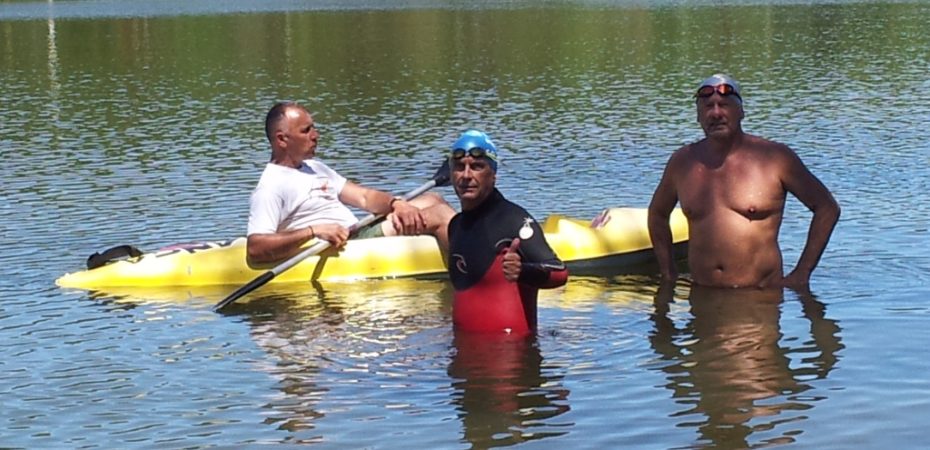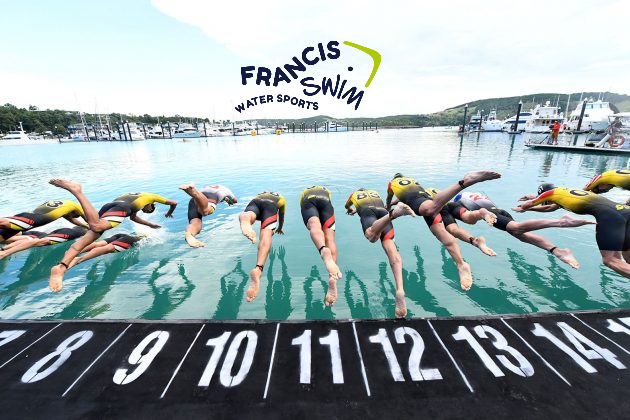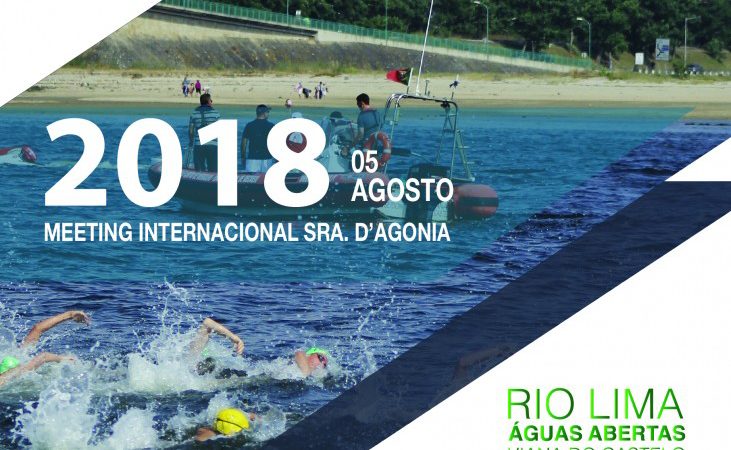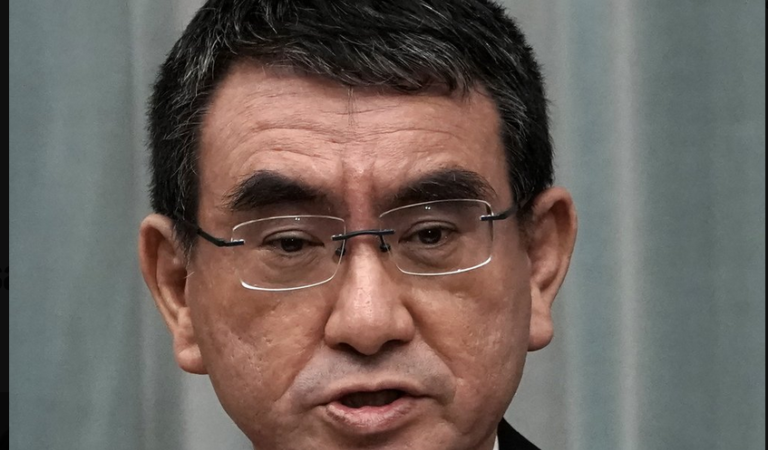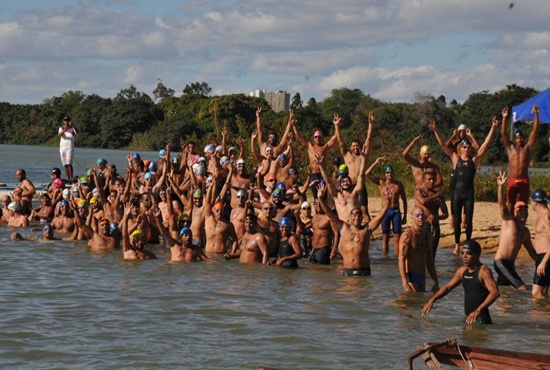Swimming by Postcards Project has known amazing places to swim in Rio Grande do Sul – Brazil
5 anos ago 0
The Swimming in the Postcards project aims to promote sporting and charitable activities by spreading the open waters in the world and, at the same time, draw attention to the need to preserve the beaches and waters of each locality. Learn more how to participate and support this project in the website francisswim.com.br
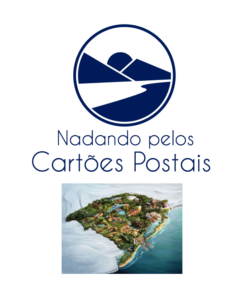
The history of Rio Grande do Sul is one of the richest and most interesting in Brazil. Traditions and customs are mixed in landscapes full of life that enchant all types of visitors. With a diverse cultural identity, inherited from colonizers, Rio Grande do Sul is one of the main tourist destinations. From the coast to the west border, from Chuí to the Missions, through the Serra Gaucha, nationally renowned for wine tourism, the State offers itineraries with beautiful scenery, renowned architecture and a quality gastronomy.
The reasons for visiting Rio Grande do Sul are diverse, but swimming is another seductive feature that is attracting more and more travelers to our land that has 622 kilometers of Atlantic coast, enchanting sceneries such as beaches, rivers and lagoons that form one of the most beautiful regions in Brazil. The dunes that surround the Bacopari Lagoon form a paradise of secrets, and together provide many new features for tourists, as well as providing the charm of this coastline. In Lagoa dos Barros, located in the city of Santo Antônio da Patrulha, it is possible to practice swimming and water sports along the dunes that are protected and enjoy the ecological walks through the Atlantic Forest, with trails and waterfalls in the Encosta da Serra Geral. The reasons for the visits are diverse, but if you want to enjoy swimming in open water and sightseeing, check out some places that will delight you.
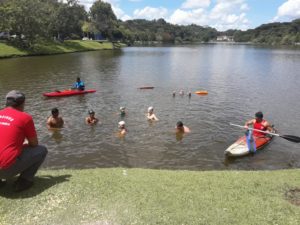
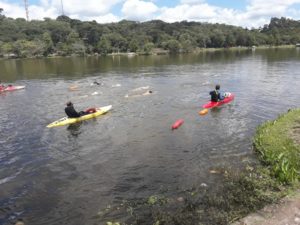
São Bernardo Lake – São Francisco de Paula
Located in São Francisco de Paula, is one of the main tourist destinations when visiting Serra Gaucha. Swimming in São Bernardo Lake, postcard of the city, was the place chosen by the masters swimmers Magda Cabral and Francismar Siviero to accompany the athletes Alisia Becker, Roberta Bisol, Diego D’Allagnol, Otavio Rio Lima and Cleide Godói for 2 Km in this crystal clear and clean lake. The artificial and totally unpolluted lake was built in the 40’s. It has an approximate length of 800 meters and an average depth of 3 meters. The banks are surrounded by lush vegetation with much native forest. In summer it is used for water sports. São Chico as it is also known by its residents is a welcoming city that fills our eyes with beautiful landscapes, privileged by the large amount of parks, waterfalls, rivers and dams where the visitor can bathe, walk ecological trails or play radical sports.


Bacopoari Lagoon – Mostardas
The Bacopari Lagoon is located in Mostardas, gaucho coast. It is known for its beauty and it is a huge lagoon surrounded by white dunes, a natural pool of crystal clear waters near the sea. The challenge of swimming in the lagoon was performed by Edilson Bento, Francismar Siviero and Gerson Martins who accompanied the swimmers Gustavo Brenner, Wilia Diederichsen, Debora da Costa, Luciane Wingert, Daniel Fleck, Ricardo Thoen, Rubens Porto, Milena Tseten, Marcelo Light, Carlos Maia, Laureane Dornelles, Lourdes Graser, Fabiana Cheik, Daniele Leoratto, João Carlos Mendes. They were supported by Soraya Siviero, Dagmar Martins, Guilherme Martins, Fabiano Graser, Franciele dos Santos and Denise Ungaratto. In the support boat was Dauri Joel da Silva.

Itapuã Beach – Viamão
You do not need to go far from the capital of Rio Grande do Sul to find a quiet place surrounded by natural beauty and freshwater beaches where the masters swimmers Gerson Martins, Rubens Porto, Naima Portinho, Guilherme Martins, Luiz Portinho, Rafael Reinheimer and Francismar Siviero swam. Itapuã is located on the banks of the Guaíba. It is known for its clean waters, surrounded by a landscape of hills and native fauna of the state. Located 52 km from Porto Alegre center, the site still preserves what is left of the original Greater Porto Alegre ecosystem. The history of Itapuã holds important facts, as it was the place of resistance of the Farrapos to block the arrival of the Imperial forces to the capital os state and also where the Azorean immigrants landed to colonize Viamão. The navigation has always been an important activity of this region, requiring the construction of a lighthouse in 1860 where Guaíba lake flows into the Patos Lagoon. Itapuã State Park has 5,500 hectares and it is intended to protect the beauties and natural resources, especially the flora and fauna and the protection of sites of historical and archaeological value in the region.
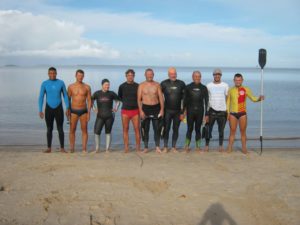
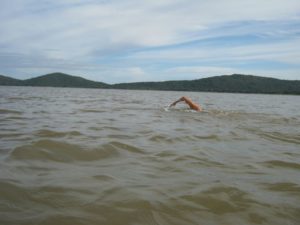
Lami Beach – Guaíba Lake – in Porto Alegre
Lami is a rural location on the banks of the Guaíba lake. There are quiet streets, fresh air and bush scent at the southern end of Porto Alegre. This is where swimmers masters Francismar Siviero, Marcos Straub, Edilson Bento, Gustavo Brenner, Lucas Porto, Rubens Porto, Rodolfo Almeida, Carlos Lara, Damian Fuzer, Leandro Dig, Rodrigo Rocha, Gerson Martins, Guilherme Faustino Martins Daniela Nichele, Milena Tseten and Evaldo Belloc Nunes met to practice open water swimming for about 5 kilometers between the districtss little beach and the José Lutzenberger Biological Reserve. Because it is a conservation unit, they appreciated the place from the water. In the neighborhood is the Lami Biological Reserve in its 204 hectares, the Conservation Unit keeps a biodiversity and unique ecosystems in the city, with riparian, wetland, reed fields and sandbanks forests, which contribute to the diversity of species of the flora and fauna.


Belém Novo Beach – Guaíba Lake – Porto Alegre
Those who live in Porto Alegre do not know that there are many beautiful places to know very close to the city center. Belém Novo is located on the shores of Lake Guaíba. It is an amazing choice for water sports lovers. A member of the rural paths of Porto Alegre, a 19th century resort region, it is now occupied by small properties of expressive family and agroecological agriculture that preserve the natural landscape, the typical rural and gaucho way of life and seek economic, environmental and cultural sustainability, and social through tourism. It was in this space of living nature, with productive and environmental preservation areas that the swimmers of the Project Swimming by Postcards were swimming.

Photo: Soraya Siviero
Text: Vanessa Siviero
English translator: Magali Monica

O Portal Francisswim.com.br é uma empresa de notícias/mídia sobre esportes aquáticos que abrange natação competitiva, mergulho, polo aquático, nado sincronizado e águas abertas. O Portal Francisswim foi lançado em janeiro de 2018 e rapidamente se tornou o site de natação, na língua portuguesa, mais acessado no mundo.
O Portal Francisswim.com.br promove diversas ações e projetos visando inclusão social e responsabilidade ambiental que são compartilhadas em nossas plataformas de redes sociais.
Social Responsability
The Francisswim.com.br Portal promotes diverse actions and projects aiming at social inclusion and environmental responsibility that are shared in our platforms of social networks.
Saiba mais sobre a Casa de Apoio Madre Ana
A Casa de Apoio Madre Ana proporciona um acolhimento digno a pacientes pediátricos e adultos portadores de câncer, transplantados, com problemas cardíacos, dentre outros, juntamente com seus acompanhantes vindos do interior do Estado e de outros estados brasileiros. São pessoas de baixa renda que necessitam de um suporte integral durante o período do seu tratamento na Santa Casa.
Os hóspedes recebem moradia, alimentação, material de higiene e conforto espiritual sem nenhum custo. Tudo com um único objetivo: aumentar as chances de cura dos nossos pacientes assistidos.
O leitor do site Francisswim.com.br que quer contribuir pode clicar na logomarca da Casa de Apoio Madre Ana e adicionar uma doação. Além disso, também é possível ser doador mensal para tanto, basta acessar o link: https://goo.gl/cK5wHb
Saiba mais sobre o Banco de Alimentos
O Banco de Alimentos atua como um gerenciador de desperdícios administrando três operações: coleta de doações, armazenamento, e distribuição qualificada de alimentos para entidades beneficentes, tais como creches, asilos, lares de excepcionais, entre outras ongs. A Rede de Bancos de Alimentos do Rio Grande do Sul possui 23 Bancos de Alimentos associados no Estado, os quais doam mais de 500 toneladas de alimentos para 900 instituições, todos os meses. Além da doação de alimentos, desenvolve projetos de nutrição em parceria com as principais universidades Gaúchas, levando mais Segurança Alimentar e Nutricional para as pessoas atendidas nas entidades beneficentes. Participe dessa luta contra a fome e a miséria, entre em contato com o Banco de Alimentos! Telefone: 51-3026.8020 – E-mail: bancodealimentos@bancodealimentosRS.org.br.
Site para maiores informações: http://www.redebancodealimentos.org.br/Inicial
